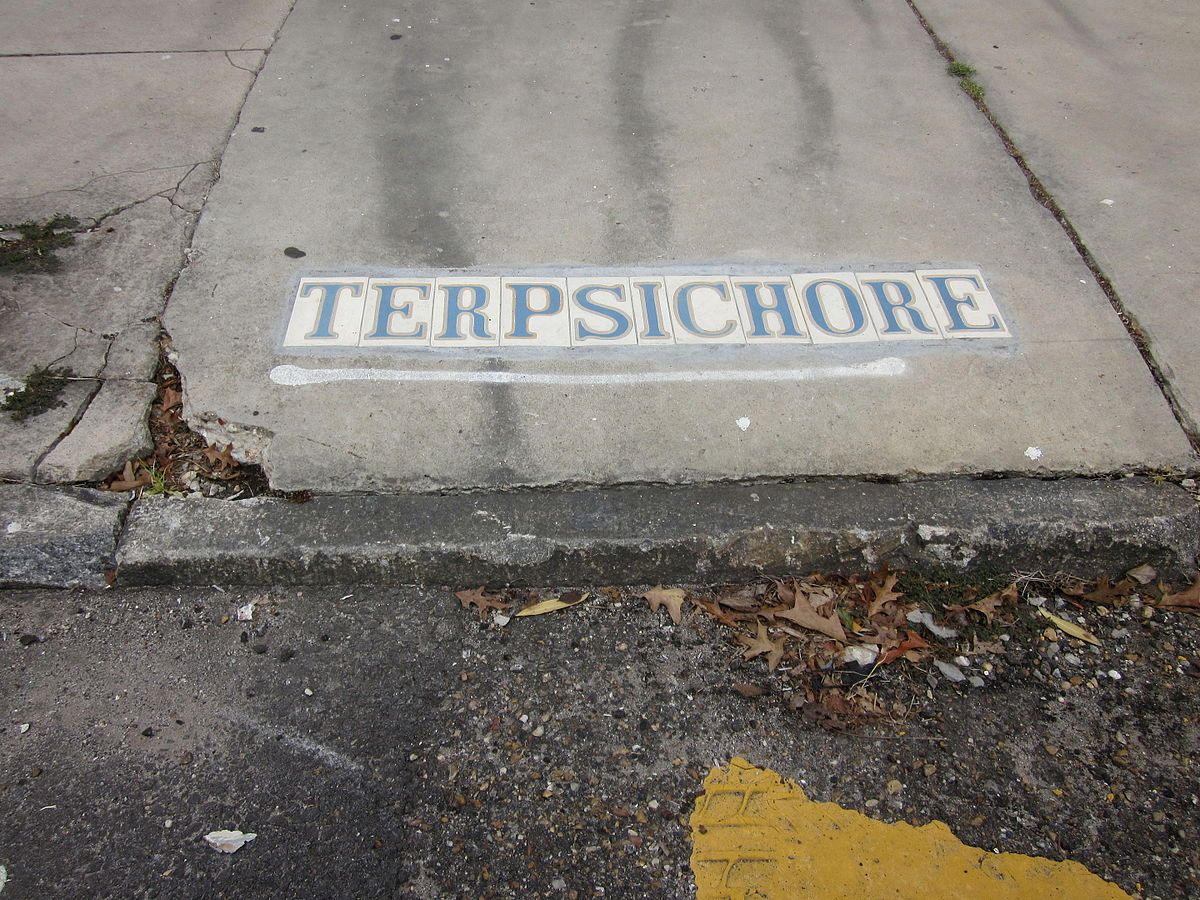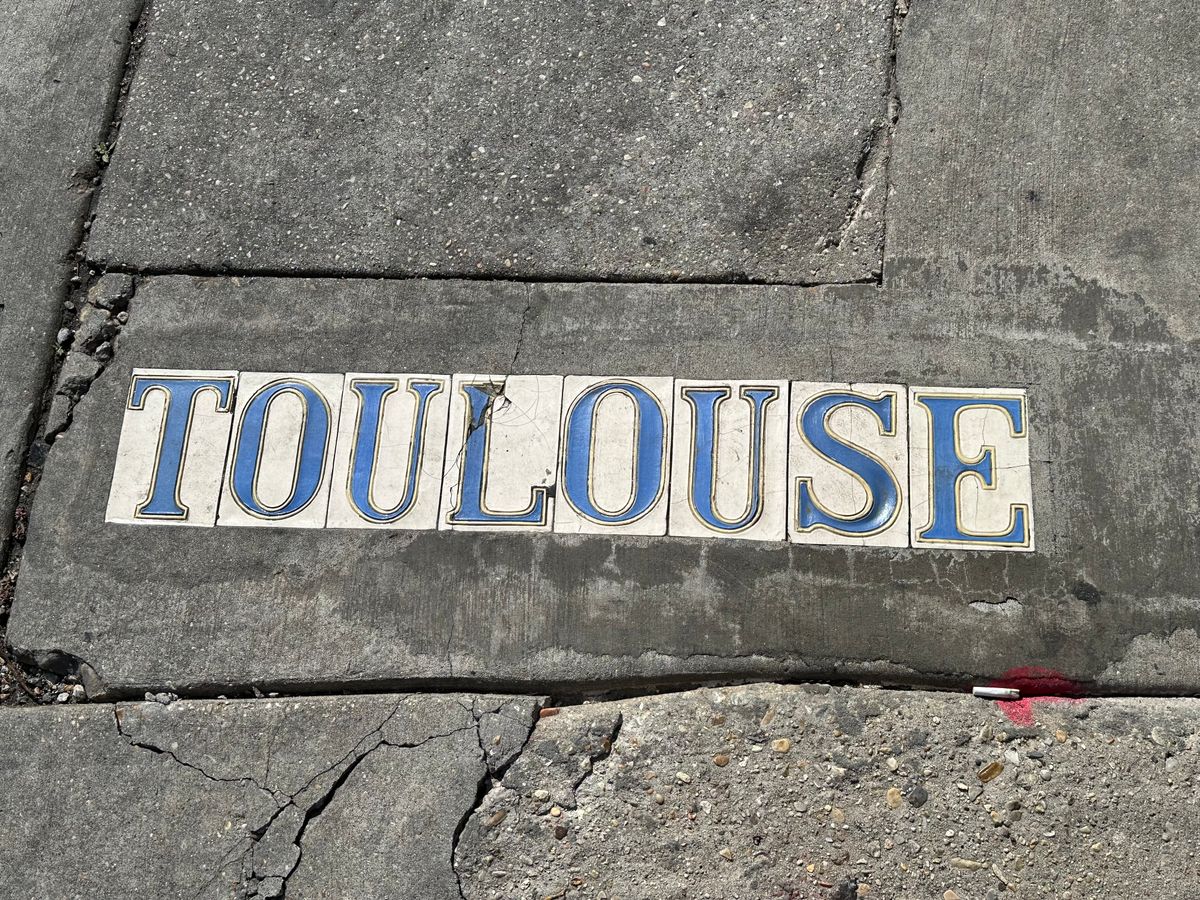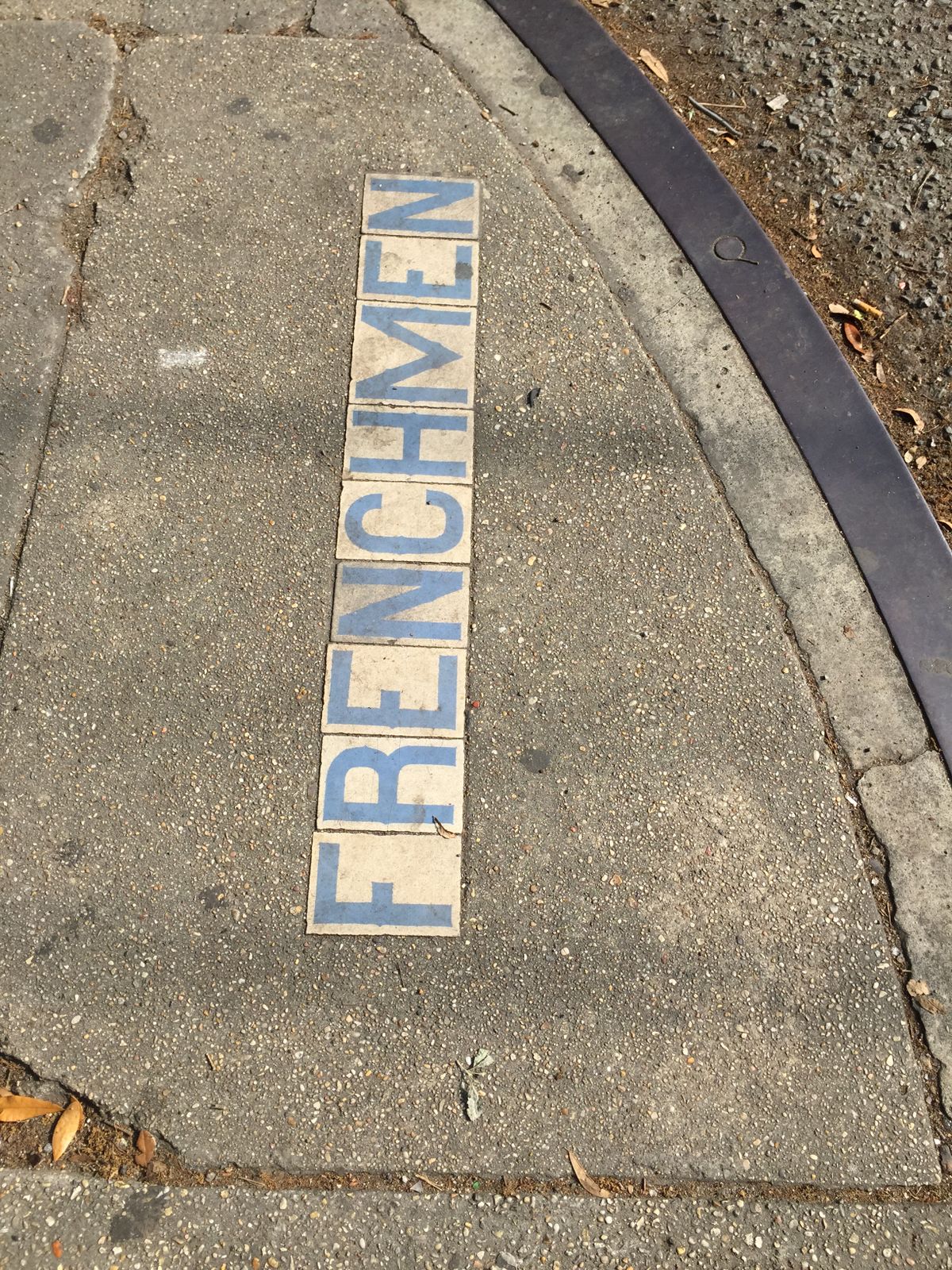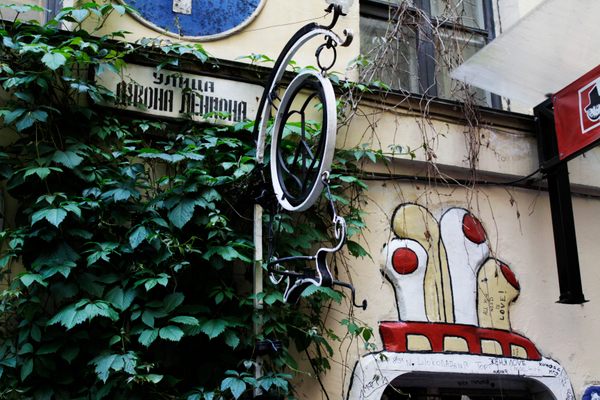About
Sprawling, columned mansions in the Garden District and ornate balconies protruding from the French Quarter’s Creole townhouses give visitors to New Orleans more than enough to look at, but if you occasionally glance down, you'll see another distinctive detail of the Crescent City.
The New Orleanian tradition of eschewing street signs in favor of using ceramic tiles to spell street names started approximately 130 years ago in the mid-1880s. Supposedly, the motivating factor for this preference was the former pervasiveness of horse-drawn carriages, whose slow pace allowed for plenty of time and the correct vantage point from which coachmen could look down at the street in front of them.
It’s not difficult to imagine an era in which such contraptions dominated the streets. To this day, the pedestrian-oriented layout of certain parts of New Orleans, such as the French Quarter, makes it difficult for very large vehicles to pass through.
Though there are now street signs in many areas, the iconic blue-and-white tiles can still be found in older sections of the city. When compared to other historic metropolises like Boston, New York City, San Francisco, and Detroit, NOLA still has a relative paucity of street signage.
The tiles, which are 4-by-6-inches and 1-inch thick, are not all the same. The original ones are Belgian in origin, manufactured in Europe and shipped across the sea. A second iteration was produced by the American Encaustic Tile Company in Zanesville, Ohio. The letters on the tiles—some of which are over a century old—are done in a font specific to New Orleans. If and when tiles need to be replaced, local artisans like Mark Derby are commissioned to fire up a kiln and make new ones. Tiles designed by Derby are similar to older ones but can be differentiated by the signature narrow yellow border he adds around the letters.
In a city brimming with historical locations worthy of visiting, these street tiles are something you can enjoy without having to pay an entrance fee. All you need is a keen eye and a willingness to hit the pavement!
Related Tags
Know Before You Go
The street name tiles can be found throughout the French Quarter (where the above map coordinates point to), and the other historic neighborhoods such as Tremé, Faubourg Marigny, and Bywater. Just be sure to look down as you're exploring the city!
Community Contributors
Added By
Published
March 1, 2019
























































































